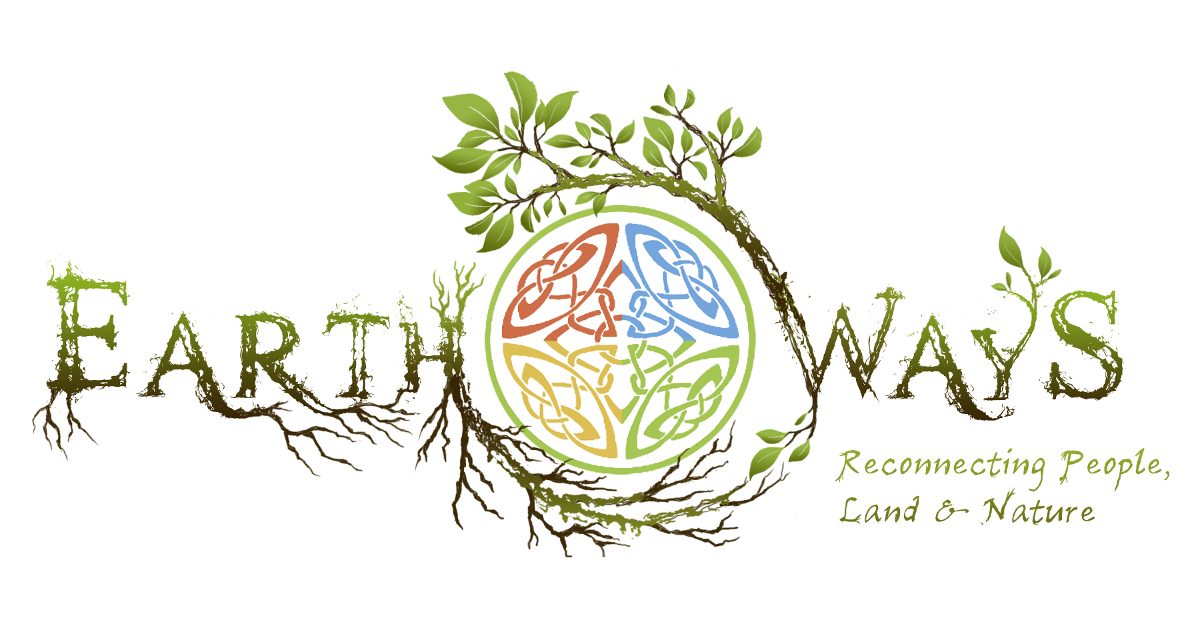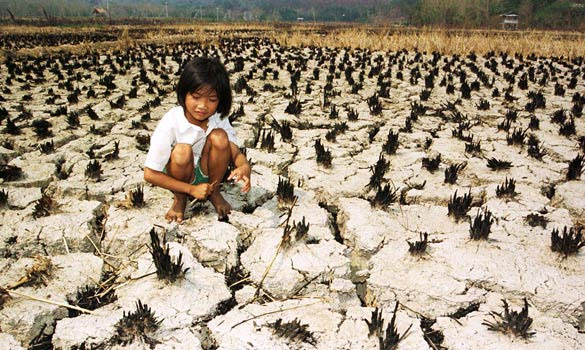
Ludwig Appeltans has included a circular economy into the design for the nature-based permaculture community he created on the Isle of Skye. If you want to hire him or learn from him, please feel free to join the Virtual Village.
Is Climate Change really as bad as scientists claim it is? Will it not be nice to have a few degrees warmer? Will our planet really be different? How fast? Why?
About 25 years ago, I decided to dig a bit deeper in the science of Climate Change to learn what this climate change malarkey was all about:
This is the crux of what I learned:
This is the graph from the nineties that triggered my curiosity. It explains the different scenarios of 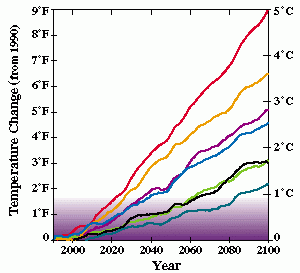 future warming, depending on unpredictable variables, including our human behaviour in reducing greenhouse emissions.
future warming, depending on unpredictable variables, including our human behaviour in reducing greenhouse emissions.
What was clear to me from this graph is that whatever we do, the temperature was going up. The only variable was the steepness of the incline. My interested was triggered.
Then I learned about James Lovelock and his Gaia Theory:
The Gaia theory proposes that organisms interact with their inorganic surroundings on Earth to form a self-regulating, complex system that helps maintain the conditions for life on the planet. Topics of interest include how the biosphere and the evolution of life forms affect the stability of global temperature, ocean salinity, oxygen in the atmosphere and other environmental variables that affect the habitability of Earth.
Then I read the books by Fritshof Capra: The Tao of Physics and The web of life.
And I understood this concept:
“The new paradigm may be called a holistic worldview,” he writes, “seeing the world as an integrated whole rather than a dissociated collection of parts. It may also be called an ecological view, if the term ‘ecological’ is used in a much broader and deeper sense than usual. Deep ecological awareness recognizes the fundamental interdependence of all phenomena and the fact that, as individuals and societies, we are all embedded in (and ultimately dependent on) the cyclical processes of nature.”
The two concepts together made me realise the core of the issue we face:
In short, our planet is only habitable for us humans because of a complex mechanism of interactions which create the homeostasis of our biosphere and ecosystem.
Many of these interactions are described as feedback loops. Feedback loops are mechanisms that reinforce themselves. Example: The richer you are, the easier it is to make money, and more and more and faster and faster. Or when we are talking about our biosphere:
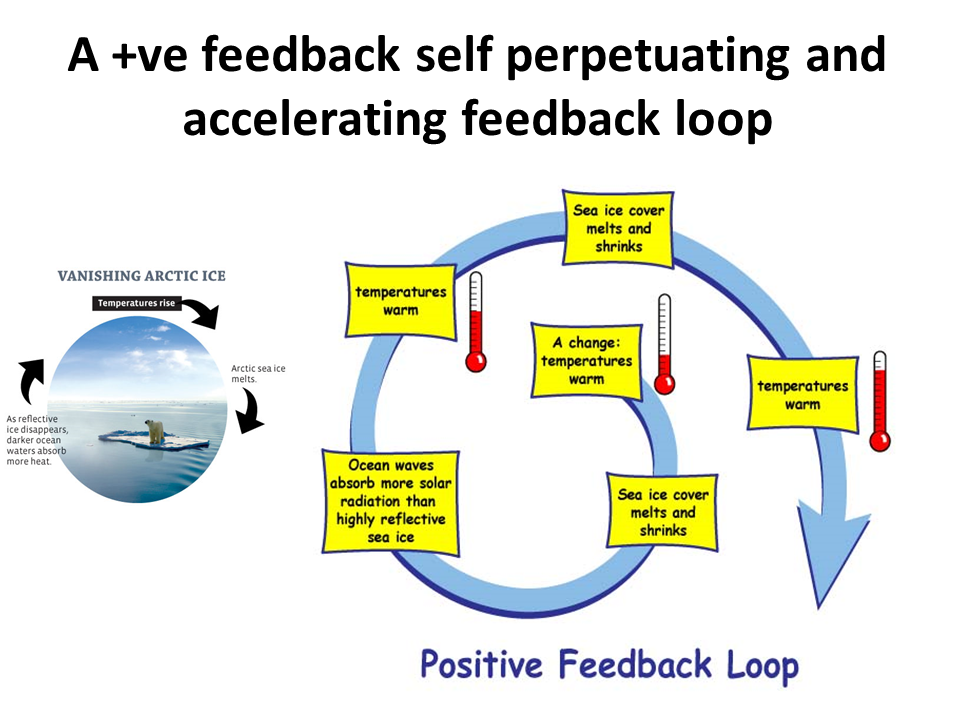
In order to have a more or less stable balance, these feedback loops need to cancel each other out. Example: In the past, if a lot of C02 would be emitted for instance by a volcano eruption, plants and algae would grow faster and capture and store this CO2.
If the balance gets disturbed, the whole system becomes unstable and can rapidly accelerate into an extreme that is not so habitable for Homo Sapiens. In the case of the climate: into an ice age or a tropical ice free planet.
If we want to survive and have a thriving life, that is what we need to try to avoid.
OOPS:
Today, it is clear that many of those feedback loops are increasing in strength. Some people say they are triggered, meaning that they are increasing in strength and are increasing warming of the planet.
Here are some of those feedback loops that are triggered already:
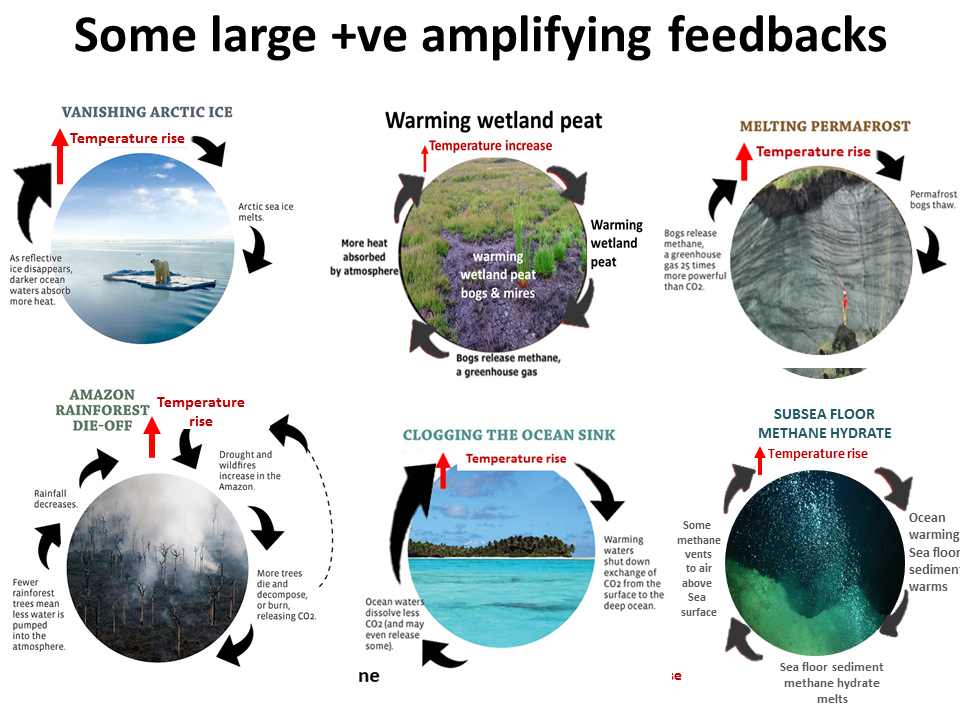
Other ones that are not widely recognised are:
A chaotic climate increases droughts, droughts increase the likelihood of forest fires, forest fires increase soot in the air, which has to come down, sometimes it colours Greenland black, which increases heat intake, which reduces reflection into space, which increases warming, and on it goes..
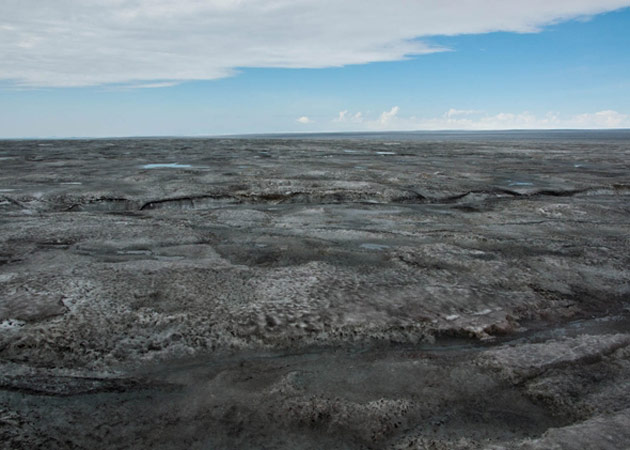
Or this one:
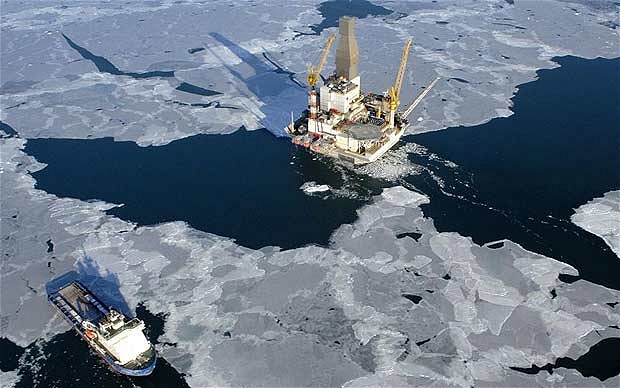
As the Arctic warms and has less ice, more oil becomes available to be pumped up, the more oil is available, the more we will burn…
It almost seems as if global warming is exponential. The warmer it gets, the faster it warms. This makes abrupt climate shifts more like a heart attack than a chronic disease.
If this is happening right now, it must have happened before, right?
Indeed it has many times:
Dansgaard–Oeschger events are rapid climate fluctuations that occurred 25 times during the last glacial period. More on these here
Other examples can be found here.
And if this theory is indeed correct, this should be reflected in the predictions that were made 20 years ago?
Are they?
This is the graph from the nineties again, with the dot showing were we are right now: Plus 2°F above average.
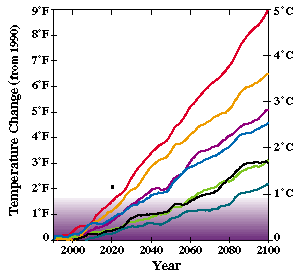
OOPS again.
Let this sink in for a minute. And then ask yourself these questions:
- Should we try to stop it, even if that seems futile?
- Since it is happening so fast, will it seriously affect me or my kids or grand kids? How much?
- What is the best course of action?
25 years ago I decided to change my life. To learn basic skills, like food growing, home building, and other essential aspects of Permaculture. Because whatever the odds, I want to be part of the solution. I studied as much as I could on all aspects of permaculture I could imagine.
Because if our species does have a future, the future is permaculture.
The word explains itself. A permanent culture. Living in a way that we can keep living. Living of the interest, not of your savings.
Ludwig Appeltans has included a circular economy into the design for the nature-based permaculture community he created on the Isle of Skye. If you want to hire him or learn from him, please feel free to join the Virtual Village.
